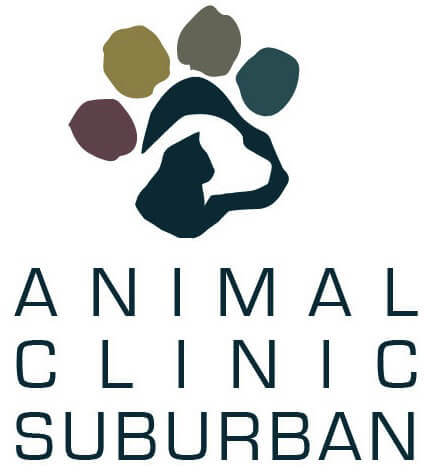Did you know that gum disease frequently affects our pets? Periodontal disease is the most common condition that affects dogs and cats and is highly preventable. It can be seen in pets as young as 2 year old. Unfortunately, chews and dental treats often don’t prevent it so professional dental care is required. Keeping your pet’s teeth clean can greatly improve their quality of life. Preventative care and regular exams reduce the chance of serious health problems like heart, lung, and kidney disease & help ensure your pet is not painful.
Periodontal Disease and Your Pet
There’s very little difference between periodontal disease in humans and pets. It’s caused by bacteria and causes destruction of bone, gum tissue and underlying structures that hold teeth in place. Eventually, bone loss is severe enough to cause tooth loss and pain. Progressive periodontal disease results in extraction of the infected teeth. Many pets do not show obvious signs of pain unless the condition is very severe so, regular examination of the mouth & dental cleanings with radiographs are needed just like what you receive from your dentist.
What to Watch for at Home
Many times the changes that are occurring are under the gum line where they can’t be seen. This is why radiographs are so critical. Some things that you may notice are bad breath, weight loss, reluctance to eat, pawing at the face, drooling, and facial swelling. A regular oral exam by our veterinarians is paramount in prevention.
Veterinary Dental Services
Our dental services start with an exam and pre anesthetic blood work. We then make an appointment for the dental cleaning. Your pet must be placed under general anesthesia and intubated. It is imperative to maintain the airway while your pet’s under anesthesia to prevent any debri or bacteria from getting into the lungs. Full mouth dental x-rays are taken to determine the extent of any disease processes. Diseased teeth are identified, a nerve block is administered and the teeth are extracted. Remaining teeth are cleaned with ultrasonic scaler and polished. Pets are given intravenous fluid therapy during their procedure and their heart rate, breathing, blood pressure, ECG, oxygenation level, carbon dioxide levels, and temperature are all continuously monitored by a licensed veterinary technician.
At Home Preventative Care
Leaders in Veterinary Dentistry describe brushing as the number one preventative treatment available. Starting when your pet is young so the process is accepted more easily is ideal. Be sure you are using a tooth paste for pets but it can be as simple as wrapping gauze around your finger and running it along your pet’s gum line. Antiseptic oral rinses, special diets & other preventative options exist & can be discussed with the veterinarian.
For additional information on your pet’s dental health visit the American Veterinary Dental College.
Visit our recommended dental products here.
